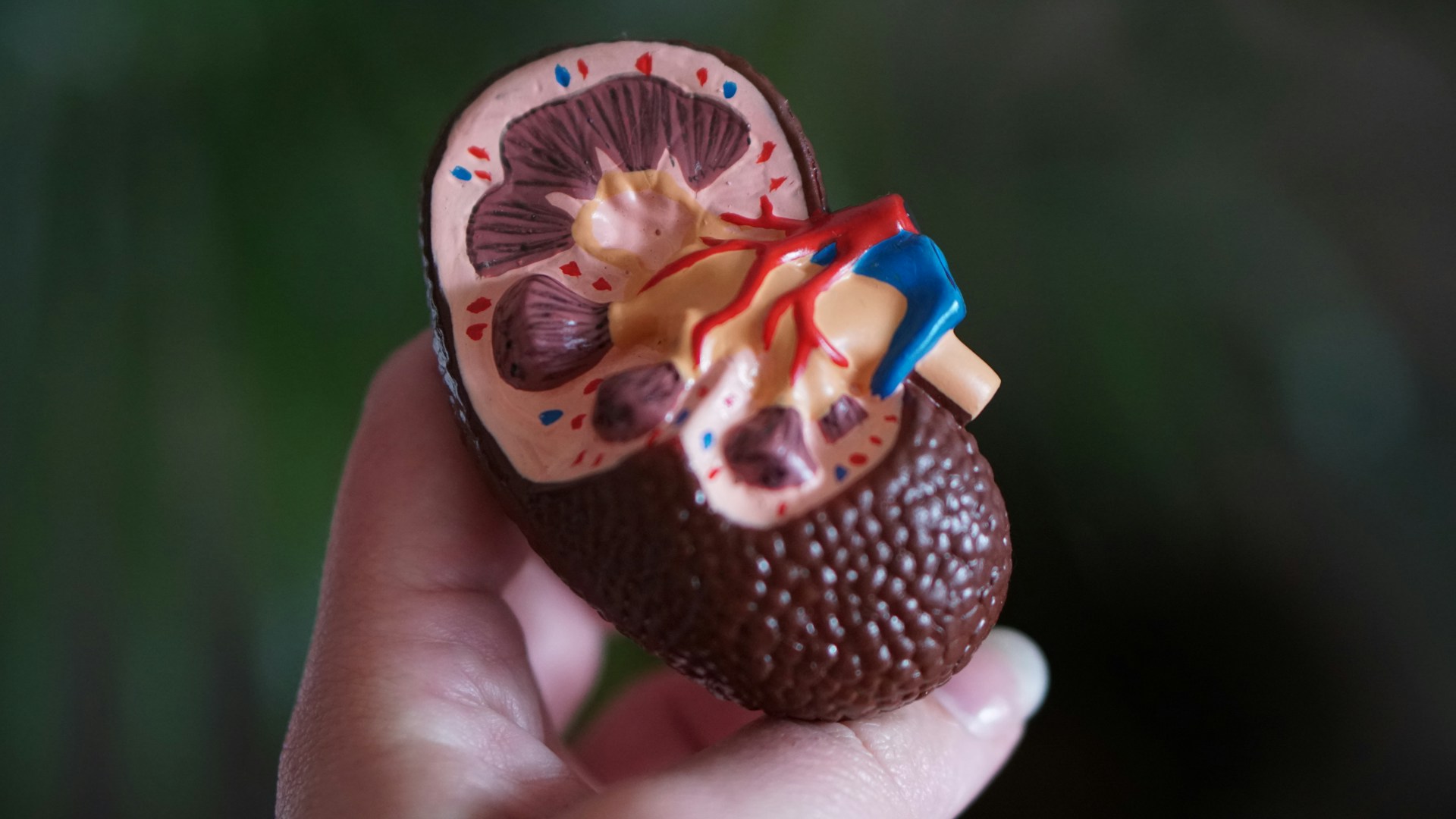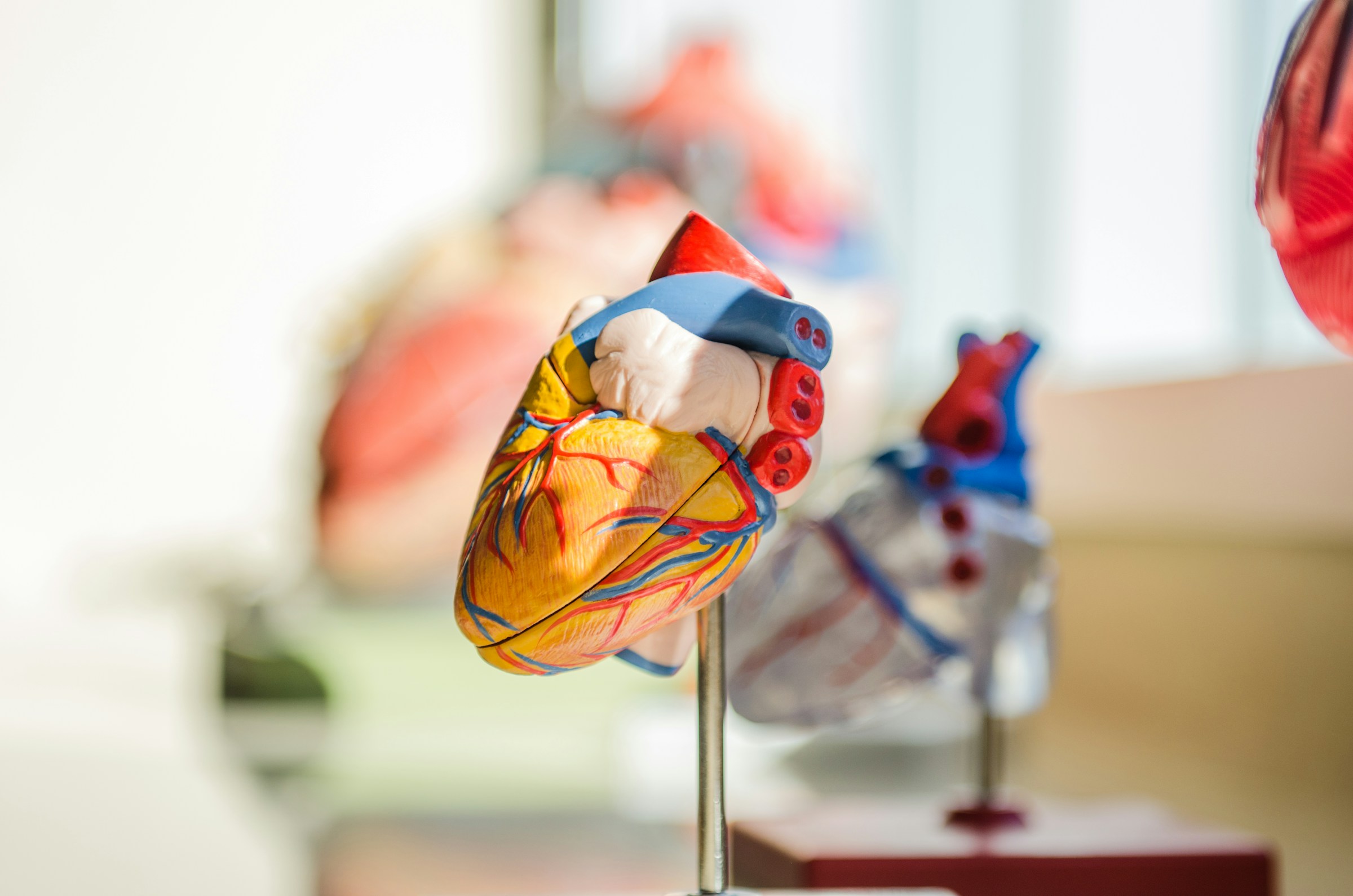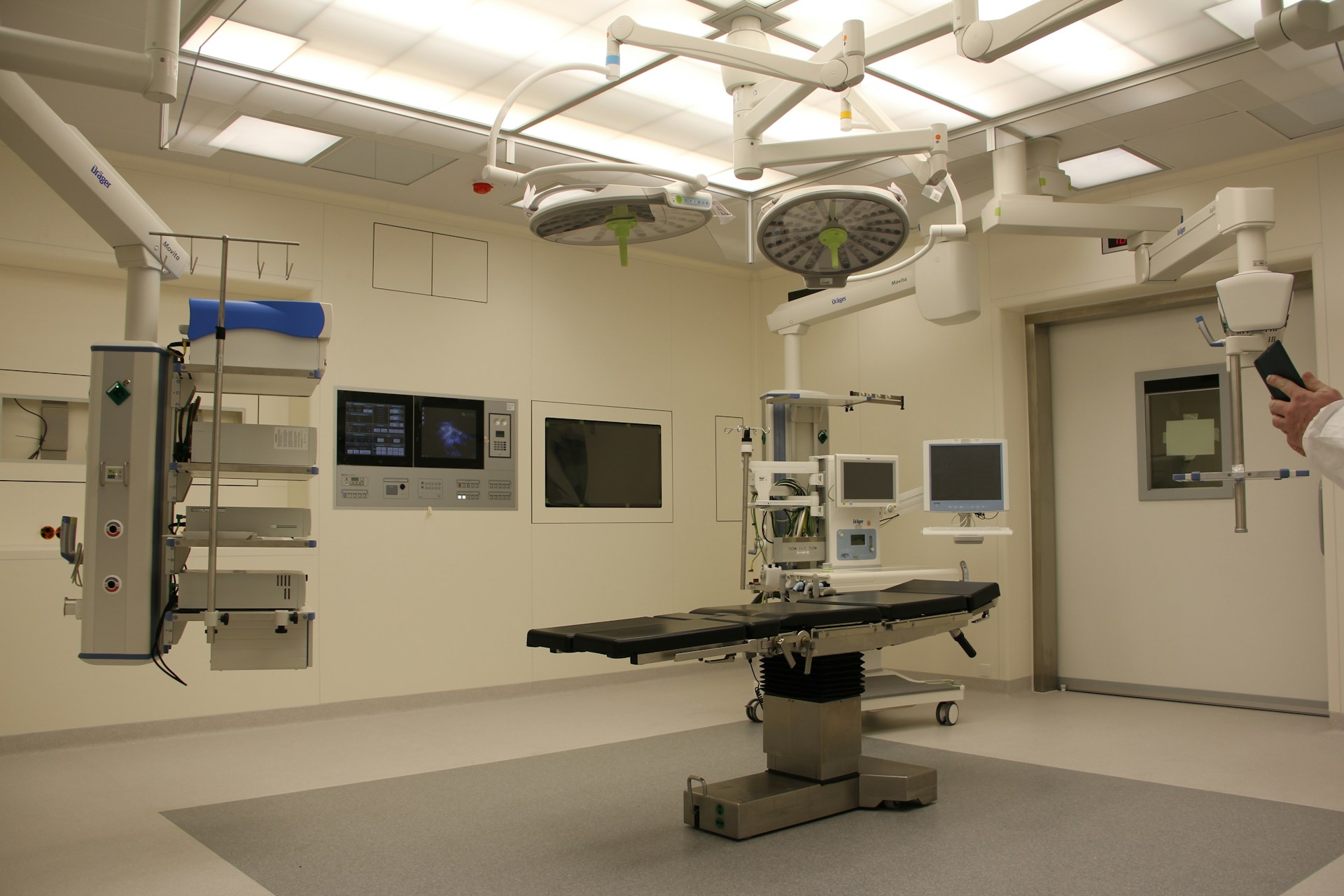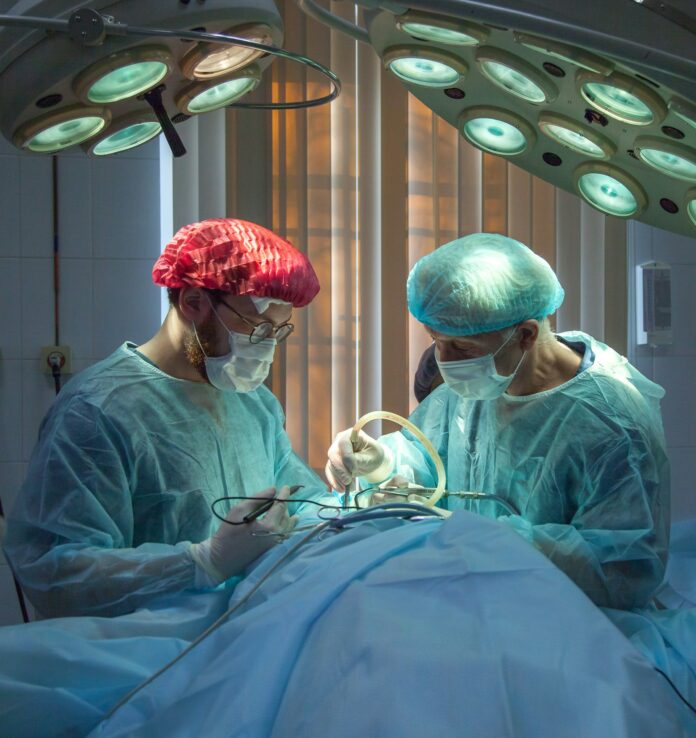“Just because you can print it doesn’t mean you can use it.”
While the healthcare and medical industries are the first sectors to propel the growth of Additive Manufacturing (AM), this sentence from 3D-Side resonated even louder during the Covid-19 pandemic as the more people (companies and individuals) used 3D printing to fabricate medical equipment, the more their use revealed a lack of knowledge regarding market access of medical 3D printed products. Most importantly, for medical professionals in the field, it is sometimes unclear when a 3D printed device is considered a medical device and it’s hard to understand what a point of care (POC) 3D printing solution is. Beyond that, it is still confusing if relying on one or the other solution requires to meet a specific legal framework. The article below ambitions to address these concerns.
As AM continues to grow as a serious manufacturing process within the healthcare field, it’s crucial to demystify the complexity surrounding market access to medical 3D-printed devices. The wide range of medical applications covered by AM from surgical instruments, prosthetics to bone applications raises a number of questions that should be taken into consideration to follow specific guidance from the legislator:
- What is a medical device?
- Is it different from point of care solutions?
- The importance of a Quality Management System (QMS)
- Who holds the responsibility for medical 3D printed devices?
 The concept of medical devices
The concept of medical devices
Simply put, a medical device (MD) is a product or a device with an intended medical purpose. It “can be any instrument, apparatus, implement, machine, appliance, implant, reagent for in vitro use, software, material or other similar or related article, intended by the manufacturer to be used alone or in combination for a medical purpose.”
In other words, they help diagnose, treat or monitor individuals with potential disease states. Regulating MDs is therefore crucial as they must fulfill the purpose for which they were designed, be robust and avoid harm to the patient and operator. That’s why, depending on their safety risks, some MDs might be subject to tighter regulations than others.
“As a manufacturer, you are required to know about the legal regulations for your devices, depending on their risk class and on where you are marketing them. Regulations in the EU differ from those in the USA and the regulatory pathway to get a device to market is different. The production technology does not influence your regulatory pathway, so 3D printed devices follow the same pathway as e.g. milled devices,” Erik Boelen, Consultant Medical 3D Printing & ISO 13485 Quality Management explains.
That being said, as far as the EU market is concerned, Alberto Bardají de Quixano from TÜV SÜD Product Service GmbH outlines that “Medical Devices marketed in the European Union are subject to the Medical Device Regulation 2017/745 (MDR) – this includes devices manufactured using additive manufacturing techniques. Medical Devices are classified based on their intended purpose, duration of use and nature of the contact with the body within other aspects. The Regulation defines different possible assessment routes for Medical Devices based on the classification of the device. Another consideration that may impact the requirements outlined in the Regulation is whether the device is custom-made for a specific patient or mass-produced and available off-the-shelf.”
In case you do not know, custom-made devices are intended for a case where an individual’s specific needs cannot be met, or when an alternative device available on the market cannot meet the appropriate level of performance desired for a given application. In that case, one creates a custom-made device for a unique patient especially, following the written prescription from a surgeon or medical doctor and following specific design indications.
Patient-matched devices are matched to the patient’s anatomy within a specific design envelope using techniques such as scaling or contouring using CT imaging of the patient. This may potentially also be done in consultation or prescription from a medical doctor, but the design responsibility lies on the manufacturer who offers a range of validated parameters for the product design.
According to Boelen, “the MDR only speaks about custom-made medical devices, but it would be better to speak about personalized medical devices, as in the guidance document IMDRF WG/N58. According to the definitions in IMDRF WG/N49; custom-made devices are devices that are uniquely made for the specific anatomy/pathology of one patient as prescribed by his/her surgeon, when there’s no suitable device available on the market.
Patient-matched devices are devices that are also uniquely made for a particular patient, but their design is pre-determined (within a design envelope) and matched to each patient and they are typically produced in a batch process that can be validated and reproduced.
In the TGA document “Personalized medical devices, v5.0”, it is shown nicely that most devices that were previously considered ‘custom-made’ are now considered ‘patient-matched’.”
 The main differences with point-of-care solutions
The main differences with point-of-care solutions
The term Point-of-Care (PoC) may be misleading. As a trade press that covers the AM industry, we quickly learned that POC means “at the healthcare facility”. Reality is, the term is normally used as “at the patient’s bedside”.
To avoid further confusion, we recommend keeping in mind that POC solutions are those devices manufactured and used within healthcare institutions.
“These devices are subject to Article 5.5 in the Regulation and must comply with the General Safety and Performance Requirements outlined in Annex I. They must also be manufactured ‘under an appropriate Quality Management System’. So, it is an obligation that these devices are produced under an implemented QMS. The best way to ensure adequacy of the QMS is compliance with ISO 13485. At TÜV SÜD we offer auditing of the QMS to ISO 13485 with a specific focus on 3D printing processes according to ISO/ASTM 52900. This specific expertise in AM manufacturing may benefit any 3D printed device manufacturer and also point of care producers which may want to ensure the effectiveness of their QMS and ultimately the safety of their products” TÜV SÜD Product Service GmbH expert points out.
Important note for US-based professionals:
In a risk-based framework developed by FDA’s Center for Devices and Radiological Health, one can identify different scenarios in which AM can be used for POC manufacturing of MDs.
| Scenario | Description |
| 1. Minimal risk of 3D printing | Devices in this scenario would pose minimal risk of harm to patients. AM can therefore be used to produce models for patient education and counseling |
| 2. Device designed by OEM using a validated process: turnkey system | Here, manufacturers would sell a ready-to-use package or system to a point-of-care facility. This might include software, hardware and process parameters.
The manufacturer would need to receive clearance or approval from FDA for its product to be used at the POC, which would require a demonstration that product specifications can be met when 3D printed by the end-user. In this case, the healthcare facility would be responsible for printing the product within the manufacturer’s cleared or approved specifications, and for using the product for its cleared or approved intended use. |
| 3. Device designed by the manufacturer using validated process: additional health care professional capability requirements. | The main difference with scenario n° 2 is that the POC might undergo more complex manufacturing or post-printing processes. The cleared or approved device would likely have labeling that included additional instructions for the end user and the clearance process may also include requirements for on-site testing and training from the manufacturer to facilitate appropriate 3D printing by the healthcare facility. Needless to say trained staff and appropriate equipment are indispensable. |
| 4. Manufacturer is co-located at the POC | This means a device manufacturer is located at the same POC facility or as close as possible. The manufacturer would be responsible for most or all aspects of 3D printing, including using its own personnel and equipment. |
| 5. Healthcare facility becomes a manufacturer | This scenario is meant for a POC facility that would like to print devices outside of the minimal-risk classification but wants control over its own operations. By becoming a 3D printing device manufacturer, it becomes responsible for all regulatory requirements, and for device development, design and testing. |
Source of the conceptual framework: Qserve.
No matter where we are based, following specific guidance for MDs or POCs require to take into account Quality Management Systems (QMS).
 The importance of QMS
The importance of QMS
There is no difference in the meaning of QMS for MDs and its meaning in an industrial setting. It remains a collection of business processes and procedures that aims to ensure that the quality of products or services meets – or exceeds – customer expectations.
That’s the reason why Boelen says QMS has an image of being boring and bureaucratic, but that mainly has to do with the “rigidity” of the system. “A paper-based QMS makes document review, approval, and versioning very cumbersome, but in digital systems, this is quite straightforward. I also believe that if you have a separate, dedicated system for your QMS, most employees hardly ever need to use that (besides the Quality Manager), which increases the threshold to do so. That’s why I advocate for the use of a company wiki that includes the QMS; since such a wiki is used regularly to build a knowledge base and record shared meeting notes, the QMS is much more accessible since it is embedded in daily work practices,” he adds.
Furthermore, as per the words of Bardají de Quixano, it’s important to keep in mind here that “we are currently transitioning from the old European Directive to the MDR. The MDR ultimately aims to ensure safety and performance of the devices used in patients. This is positive even if ensuring and proving compliance may pose some challenges. As we transition to the new Regulation, we also find room for pragmatism and practicality in the application of its requirements.”
On a more practical note, Boelen adds that the type of tests required to qualify medical 3D printed products depends on the intended use of that device. For example, if the device is load-bearing, mechanical tests will be inevitable. Biocompatibility tests on the final device should be considered as the 3D printing process changes the material during printing and the resulting material may not be as biocompatible as the starting material.
Furthermore, Bardají de Quixano reminds that 3D-printed Medical Devices are subject to the same requirements as devices manufactured using traditional techniques. These requirements are defined in the General Safety and Performance Requirements in Annex I of the Regulation and include aspects like Biological Safety, Cleanliness, Fracture Resistance, Wear Resistance and Fatigue Resistance among others.
However, “there is a series of ISO and ASTM standards specific to Medical Devices that define state-of-the-art test methods which are considered acceptable to prove compliance with these requirements. The acceptance criteria are the same for AM devices as for any other device as they are defined by the intended purpose and expected performance. Special attention must be paid in the case of 3D printed devices to aspects like variability in the test results and failure mode analysis due to the nature of the manufacturing process.
Validation and control of the 3D printing process and post-processing is pivotal to obtain repeatable test results. ISO/ASTM 52900 and the rest of ISO/ASTM 529xx series constitutes a useful tool to set-up, validate and control 3D printing processes. There are also other ASTM standards which are helpful for specific 3D printing techniques and associated material specifications and test methods. These standards are of general application but valid for Medical Devices. ASTM F3335:2020 provides guidance for assessing the removal of powder debris in SLS Medical Devices,” he adds.
 Who holds the responsibility for medical 3D-printed devices then?
Who holds the responsibility for medical 3D-printed devices then?
Both experts agree with the fact that in general, the manufacturer is responsible for manufacturing MDs under an appropriate Quality Management System. Nevertheless, a small nuance should be made when it comes to custom-made devices as the surgeon holds responsibility here. For POC manufacturing, the hospital is considered the manufacturer and, therefore, holds the responsibility for medical 3D-printed devices. Overall, you should remain mindful. There can be tricky situations where, because a device fails for instance because of a wrong material, the manufacturer could be held responsible.
In a nutshell?
Regulatory frameworks can be complex to follow depending on where you’re based and what you want to do. While we hope we have been able to share insights that could help you understand what to consider in the market access of medical 3D printed devices, it’s important to keep in mind that there are always medical professional organizations that continuously release guidelines for utilizing 3D printing at the point of care. Those guidelines may include, for instance, recommendations on how to consistently and safely produce 3D-printed anatomical models generated from medical imaging, as well as criteria for the clinical appropriateness of using 3D-printed anatomical models for diagnostic use.
Editor’s notes
I had the pleasure of hosting a panel discussion on this topic at AM Medical DAYS 2023 in Berlin, a medical 3D printing event held in Berlin in December 2023 and organized by IPM AG. The panel gathered Alberto Bardají de Quixano, Orthopaedic Implants Product Specialist, TÜV SÜD Product Service GmbH; Bernhard Pultar, CEO & Co-Founder, POC APP AG; as well as Dr. Erik Boelen, Consultant Medical 3D Printing & ISO 13485 Quality Management, Qase3D. The panel received such positive feedback that we decided to share in this issue key insights medical device manufacturers should keep in mind while walking the road of medical 3D printed devices. Given the length requirements of this article, we only shared Alberto Bardají de Quixano and Erik Boelen’ insights.
This dossier has first been published in the March – April 2024 edition of 3D ADEPT Mag.






